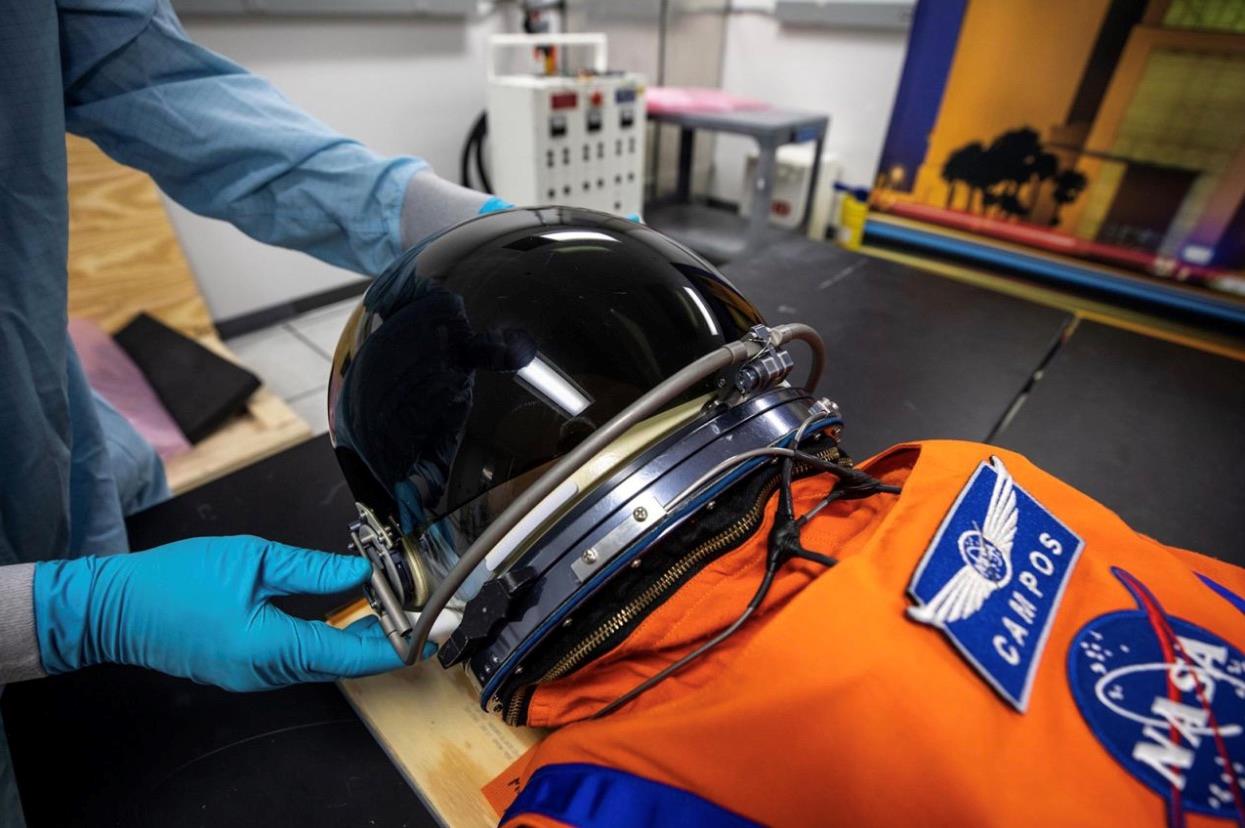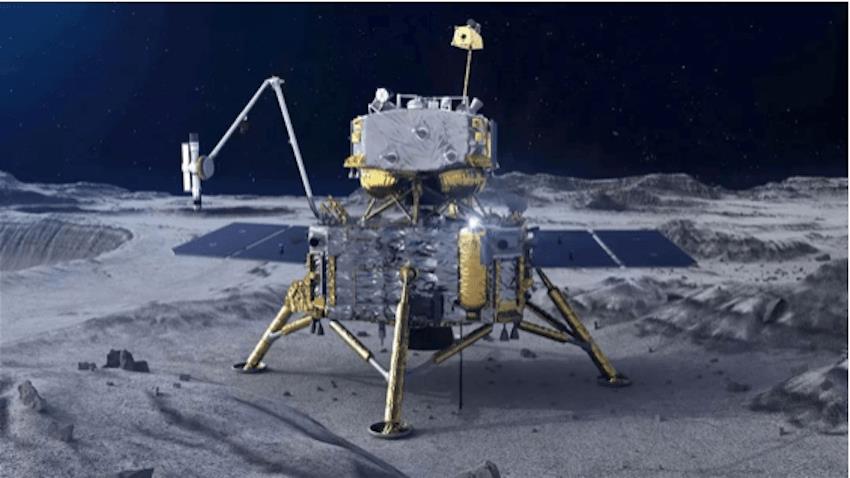(MENAFN- Asia Times) This week's Artemis 1 launch aims to restore America's lead in moon exploration vis-à-vis China, which by certain assessments has recently stolen a march on the US in a budding new crucial space race.
The Space Launch System (SLS) rocket, billed as the most powerful launch vehicle the US has ever built, carried the Orion space exploration craft into lunar orbit on March 16.
nasa said in a press release that Artemis 1 marks the first step in a moon-to-Mars exploration approach that aims to take astronauts to the moon in 2025 in an Artemis 3 launch and to Mars by the late 2030s or 2040.
The Orion did not carry astronauts but three sensor-equipped mannequins simulating a 3-person crew seeks to measure the physiological stress astronauts might experience in space.
The Artemis 1 mission also aims to test systems for an eventual manned moon landing and other subsystems, such as Orion's heat shield, which must withstand re-entry temperatures of up to 2,760 Celsius at a speed of 39,429 kilometers per hour.
Another mission objective is to launch ten miniature cube satellites to map ice deposits on the moon's south pole, where the US plans to land astronauts in 2025. nasa envisions the Artemis 1 mission to last 25 and a half days, culminating in the splashdown of the Orion in the Pacific Ocean on December 9, 2022.

A mannequin, called Commander Moonikin“Campos” in honor of NASA engineer arturo campos , is one of three mannequins that will take the place of humans aboard the Orion spacecraft. Image: NASA
While the US-China space race harks to the old Cold War, it is also different in many respects.
in the journal of strategic security , James Moltz mentions that traditional space power was state-centric when the US and Soviet Union had large, well-financed and military-run programs to support their military needs, show the flag and gather intelligence and missile early warning.
However, this paradigm has changed with the emergence of China as a significant space player in the 2000s. in a 2021 article for discourse , Michael Puttré notes that the US increasingly involves space entrepreneurs and the private sector and is attempting to establish new space exploration norms.
Puttré says that China is challenging this model through a state-led centralized planning approach driven by strong political will. In addition, he says China's space program may be centered around wealth generation by building a space-based economy.
in a 2019 article for the diplomat , Namrata Goswami notes that China's space goals depart from the“flags and footprints” model of the US Apollo missions through national economic rejuvenation and development goals.
In 2020, China's Chang'e 5 spacecraft returned the youngest moon rock samples to Earth, the first since the Soviet Union's Luna 24 mission in 1976, as noted by the planetary society .
the successful sample retrieval came after the 2019 chang'e 4 mission, which delivered the Yutu 2 moon rover to the moon's dark side, the first mission to the lunar region by any country.
As a follow-up to Chang'e 5, asia times has previously reported that China is planning to send its taikonauts to the moon by 2030 using an upgraded Long March 5 rocket, which uses Soviet-built engines China acquired from Ukraine.
The moon missions are in line with China's three-stage moon exploration program. asia times has previously reported that these phases include“circling the moon,”“landing on the moon,” and the third phase,“returning from the moon.”
In addition, there may be a potential fourth phase to China's moon exploration program, dubbed“staying on the moon,” given China and Russia's plans to establish a joint moon base by 2027.
China and Russia's joint moon base, the international lunar research station (ilrs), is envisioned as a research and experimental facility complex constructed with international partners designed for multi-discipline and multi-purpose scientific activities.

China's Chang'e-5 moon probe. Photo: CGTN
These activities will reportedly include moon exploration and utilization, moon-based observation, fundamental research experiments with technology verification conducted under long-term unmanned operation and a subsequent human presence.
According to the China National Space Administration's (CNSA) timeline, the ILRS will be completed in three phases – reconnaissance from 2021-2025, construction from 2025-2030 and utilization from 2030-2035.
The new superpower moon race may also have a significant economic aspect, which China may seek to emphasize over national prestige purposes.
in a 2019 interview for the national science review , China Lunar Exploration Project (CLEP) senior consultant Ziyuan Ouyang mentioned that the moon has significant reserves of titanium and that lunar soil is rich in Helium-3, which can be used as raw material for nuclear fusion that could theoretically sustain all of humanity's current energy demands for millennia.
However, Ouyang noted that currently it is impossible to build resource extraction facilities on the moon and send enough moon soil back to Earth for economically viable titanium and Helium-3 extraction. Lunar conditions and a lack of usable resources such as water may also preclude the development of in-situ resource extraction and refining facilities.
But both the US and China appear to have their eye on mining the Moon's mineral potential, a superpower race that could ultimately solve some of the Earth's biggest challenges and problems.